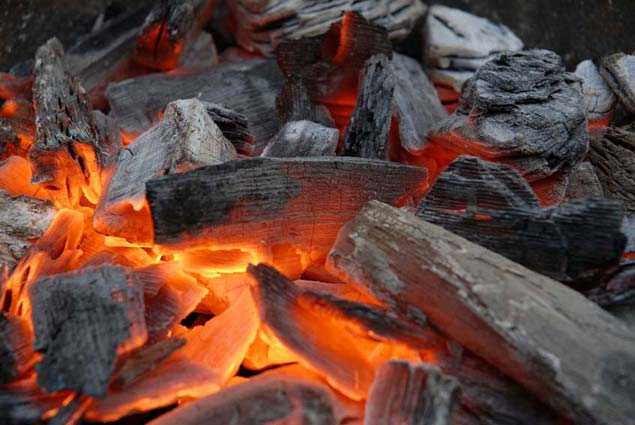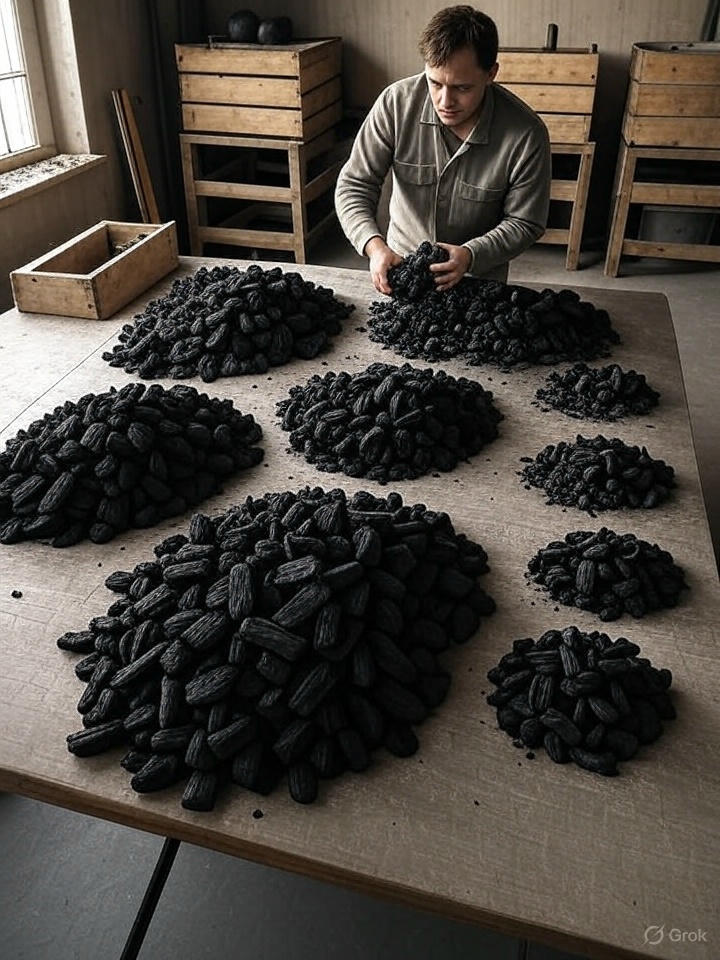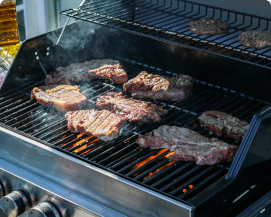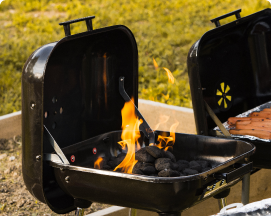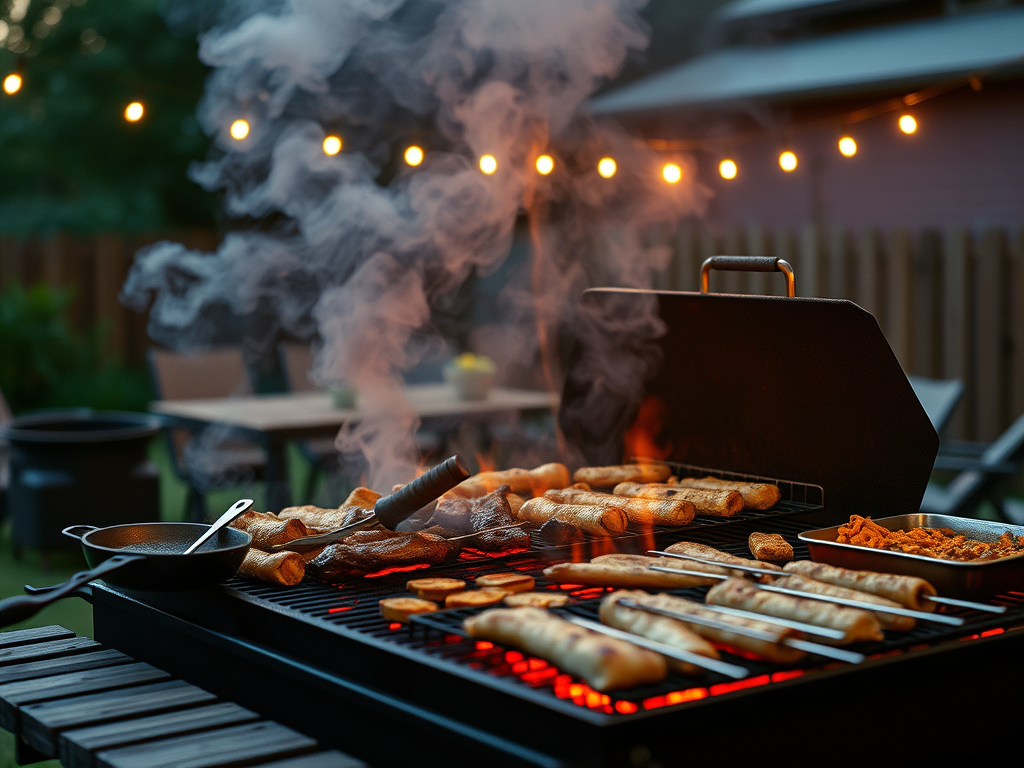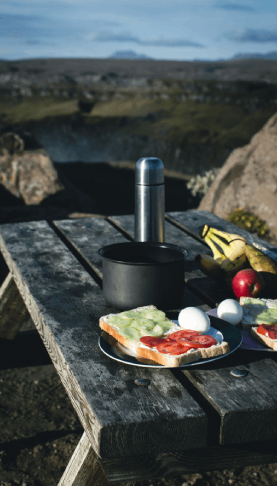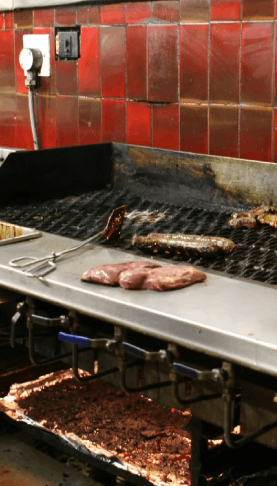All lump charcoal is not the same because of differences in production processes, wood types, and quality control. Here’s why:
- Wood Source: Lump charcoal is made from various hardwoods like oak, hickory, maple, or mesquite. Each wood type imparts distinct flavors, burn temperatures, and durations. For example, mesquite burns hot and fast with a strong flavor, while oak burns slower and milder.
- Production Process: The carbonization process—burning wood in a low-oxygen environment—varies. Some manufacturers use traditional kilns, others modern retorts. Inconsistent temperatures or incomplete carbonization can leave impurities, affecting burn quality and flavor. Cheaper brandsอาจ include partially charred wood or fillers.
- Size and Shape: Lump charcoal pieces vary in size and density. Larger, uniform pieces burn longer and more consistently, while smaller or irregular pieces may burn too quickly or unevenly, impacting heat control.
- Additives and Impurities: High-quality lump charcoal is pure hardwood with no additives. Lower-grade products may contain unburned wood, bark, or chemical residues, which can produce off-flavors or excessive smoke.
- Moisture Content: Charcoal exposed to humidity absorbs moisture, reducing burn efficiency and causing more ash. Premium brands often ensure low moisture through better storage and packaging.
- Brand Standards: Reputable brands prioritize consistent quality, sorting out debris and ensuring uniform carbonization. Budget brands may cut corners, leading to variability in performance.
These factors affect burn time, heat output, flavor, and ash production, making lump charcoal performance vary widely across brands and batches. Choosing a trusted brand with pure hardwood and consistent production is key for predictable grilling results.
